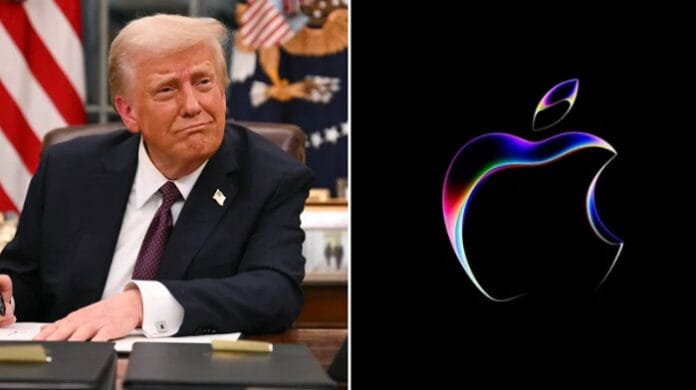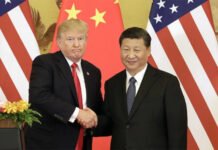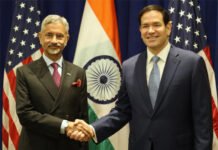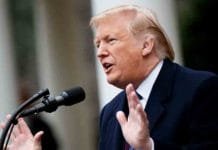Washington DC | April 9, 2025 —
While most of America was busy scrolling through their iPhones, Apple was busy flying them in.
In a stealthy logistical operation that feels straight out of a political thriller, Apple Inc. airlifted five massive cargo planes filled with iPhones into the United States—not for product launches or emergencies, but to outrun an economic storm: a 10% tariff on electronics imports, imposed under the Trump administration’s new trade directive.
The silent mission unfolded over three tense days in early April, just ahead of the tariff’s effective date. With billions of dollars at stake, Apple’s top brass made a high-risk, high-reward call: shift the supply chain to the skies.
“It’s like Apple saw the tariff thunderstorm coming and flew above the clouds,” quipped a tech analyst tracking global import data.
💼 Why the Rush?
The new round of tariffs, announced in March as part of the Trump administration’s aggressive “America First” trade recalibration, threatened to add a 10% levy on all consumer electronics imported from Asia—including Apple’s prized iPhones, which are predominantly assembled in China and India.
For a company that moves tens of millions of devices each quarter, the math was brutal. Analysts estimate that even a single-day delay post-tariff would have cost Apple upwards of $500 million in additional duties.
So, rather than risk it, Apple did what very few companies in the world could afford to do:
They flew their phones into America. Literally.
🚚 Not Business As Usual
Typically, Apple’s global supply chain moves with military-like precision—mostly via sea freight, which is cost-effective, albeit slow. But in this case, time was money—a lot of it.
Each of the five air cargo shipments is estimated to have carried millions of iPhones, stacked neatly in specially climate-controlled containers. The airlift was reportedly coordinated through Apple’s logistics partners in Hong Kong and Chennai, with landing rights secured in key U.S. entry points like Chicago and Los Angeles.
“It’s not just about beating the tariff clock,” said a former Apple operations executive. “It’s about preserving profit margins, avoiding stock volatility, and signaling to investors that Apple doesn’t get caught flat-footed.”
🏛️ The Politics of Product
While Apple hasn’t officially confirmed the airlift, the timing of the cargo flights—correlated with international trade filings and customs entries—paints a clear picture.
This latest twist comes amid renewed friction between the U.S. and China, with Trump 2.0’s trade policy aiming to “re-shore” manufacturing and penalize offshore production. While Apple has made significant moves toward Made in India and Vietnam-based assembly, the iPhone supply chain remains global and vulnerable.
📱 What Happens Now?
While this airlift may have helped Apple dodge immediate financial bullets, experts say it’s just a temporary fix.
“You can’t fly every iPhone forever,” said one trade economist. “Eventually, the tariffs will bite—unless the supply chain itself relocates.”
For now, Apple’s maneuver buys time—and headlines.
Whether it’s seen as a genius logistical play or a sign of deeper global tension, one thing’s clear: in 2025, even iPhones aren’t safe from geopolitics.
















